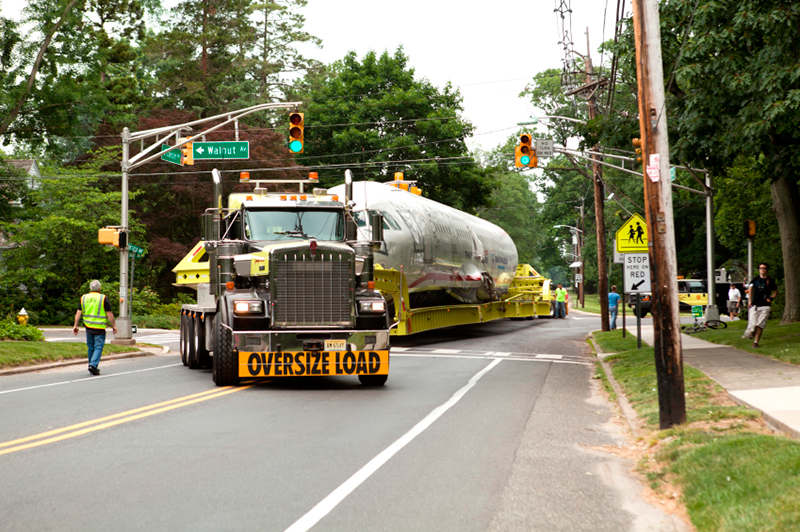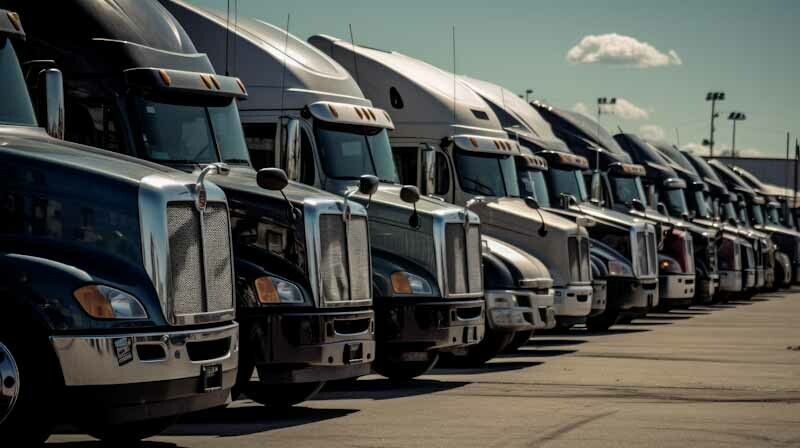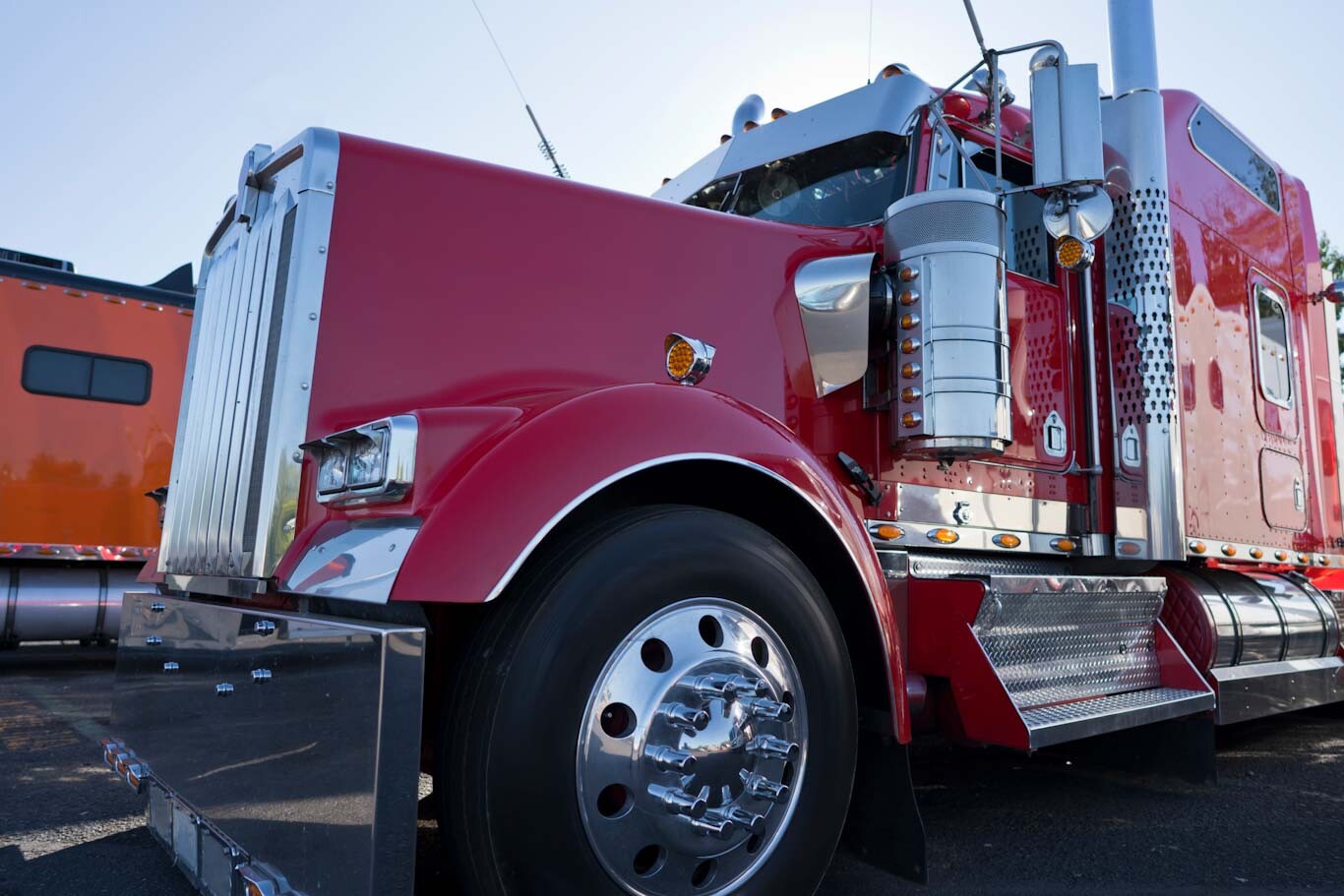Long Haul Trucker Owner Operator Insurance 101
Jan 16, 2017 in Insurance 101, Trucking IndustryInsurance – it’s needed for just about everything these days. You’ll need it on your personal car, truck or van to legally drive on the road. You’ll need it on your home. You’ll need it for your health. You might even have life insurance, gap insurance and more. If you’re a long haul owner operator, you’ll also need trucking insurance. There’s a lot to know here, and it’s vital that you get it right, or you could be left spending far more than you should, or even without crucial protection.

Photos: iStock
Know the Factors that Affect Your Cost
Like all other forms of insurance, trucking insurance cost is based on risk. The higher your risk, the higher your premiums will be. The trucking insurance industry bases the cost you’ll ultimately pay each year on quite a few different factors, including the following:
- Age: Your age definitely plays a role here, with older drivers seeing lower premiums. It’s the same thing with conventional auto insurance for your personal vehicle.
- Your Driving Record: Yes, your record plays a role in the cost of your insurance. If you’ve been ticketed, expect your costs to go up. If you’ve been involved in a trucking accident, they’ll definitely shoot up, too.
- The Age and Condition of Your Equipment: Insurance companies will charge more if your equipment is in poor condition simply because this means there’s more risk of something going wrong. Newer trucks also carry higher insurance costs.
- What You Haul: The commodities you haul will have a significant effect on your premiums. Oversized loads, dangerous chemicals, and high-theft loads are just some of the things that will cost you more.
- Where You Drive: Like conventional consumer auto insurance, trucking insurance companies base their risk assessment at least partially on what roadways you use most often.
- State Requirements: The trucking insurance requirements in your home state will have an impact on your insurance premiums.
Know the Type of Coverage Needed
You’ll also need to know the type of trucking insurance coverage needed. This will vary depending on your situation as an owner operator. For instance, if you’re a for-hire driver who depends on their equipment for their livelihood, you’ll need motor carrier insurance. However, if you work as a permanent leased driver for a company (technically still an owner operator), you will likely need non-trucking liability insurance in addition to the primary liability insurance provided by the company that leases you. You may also require physical damage insurance for your truck.
The Bare Minimum
At the very least, you are required by federal law to carry liability insurance (at least $750,000 in coverage). Understand that liability insurance does nothing to cover damage to your equipment or injuries you sustain, though. It only covers vehicles or property that you damage in an at-fault accident, and the injuries sustained by other parties in an accident for which you are deemed at fault.
It might seem like $750,000 is plenty of coverage, but it’s really not. Many experts recommend that you carry at least $5 million in coverage. The simple fact is that trucking accidents are often catastrophic and can cause millions of dollars’ worth of damage to property and medical costs.
As a note, be prepared for higher rates as an independent owner operator than what would be charged by the insurance company if you were a fleet driver. This is another area where insurers are sensitive to risk, deeming owner operators higher risk than fleet drivers.

Photo: iStock
What to Know about Damage Insurance
We mentioned damage insurance previously, but it bears a little more scrutiny. Technically, you’re not required by law to carry this type of insurance, at least by the government. However, if your equipment isn’t paid off, you can bet that your lender will demand you keep physical damage insurance. Generally, this premium will be up to 5% of your equipment’s value, but be prepared for the cost to be higher if your driving record is spotty.
Many drivers are surprised that their physical damage policy doesn’t pay out enough to buy a new truck in the event that theirs is totaled. Be prepared for this. Your insurance company will pay out only book value of the equipment at the time of the accident. So, even if your truck is relatively new, the insurance company will pay out based on the depreciated value of the equipment based on age and mileage. At the very most, you’ll get enough money to buy another truck of the same age and with the same amount of mileage.
Cargo Insurance
Protecting your equipment is important, but you also need to know about cargo insurance. While you’re only mandated by the government to carry $5,000 in cargo insurance, it’s a very smart decision to increase that amount. Most shippers require $100,000 (and that’s what many fleets purchase for owner operators). Depending on the type of cargo you’re hauling, you might need even more than this.
If you work as a permanently leased driver for a company as an owner operator, you need to check out the fine print in the lease agreement. Some stipulate that in an at-fault accident, you (the driver) are responsible for damage sustained to the cargo, and if you’re hauling a load with a higher value than your coverage, you could be in a tough financial situation in the event of an accident.



